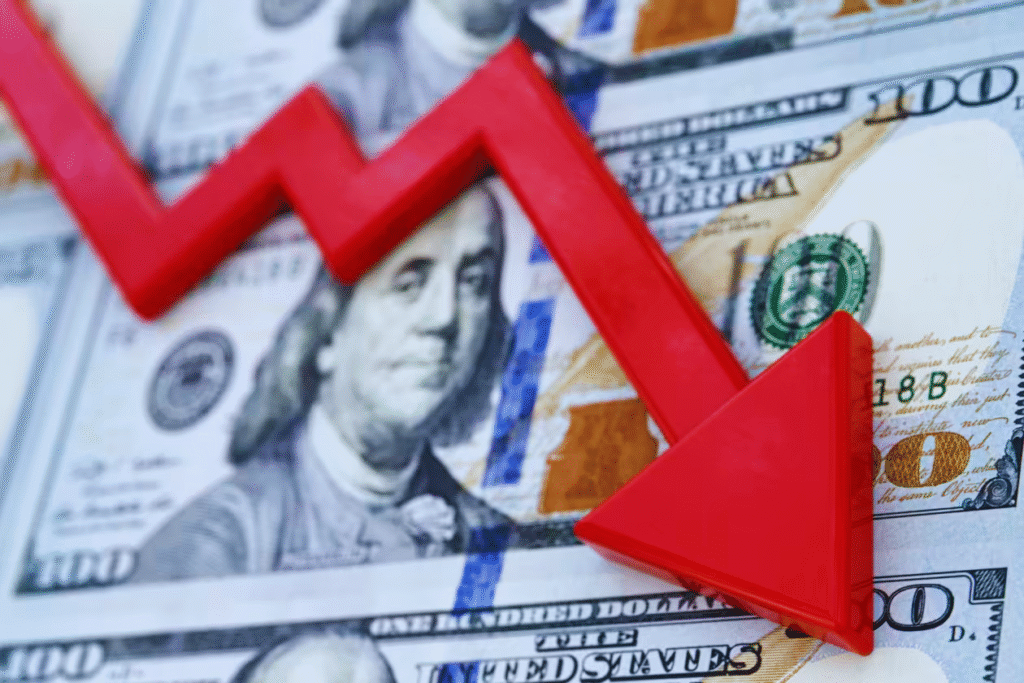
Recent economic data suggests that bad economic news may no longer be automatically good for investors. The August jobs report showed that the U.S. economy added only 22,000 jobs—far below the 75,000 that economists had expected. Meanwhile, the unemployment rate rose slightly from 4.2% to 4.3%. Revisions to previous months confirmed a weakening labor market: June now shows a loss of 13,000 jobs, and July experienced below-trend growth. These three months of slowing job creation point to a broader cooling of the labor market.
When Bad News Was Good
For months, investors have relied on the idea that weak labor reports were a boon for the stock market. The logic was straightforward: softer job growth could push the Federal Reserve to cut interest rates, which would lower borrowing costs and stimulate the economy. In this scenario, bad economic news translated into potential market gains.
A Shift in Market Sentiment
However, with the Fed already expected to implement rate cuts in September, the latest jobs report has complicated the picture. While rate reductions are now almost guaranteed, investors are concerned about the broader economic implications of a slowing labor market. Job losses and stagnant hiring can be signs of deeper issues that could hurt corporate earnings and overall market growth.

Economist Mischa Fisher observed, “This year’s jobs data tells a story that workers saw long before the official numbers confirmed it. Employees were living the reality of a weakened hiring environment.” For investors, this means that bad economic news might now reflect genuine risk rather than a market opportunity.
Walking the Fine Line
The challenge for investors is balancing expectations: the economy must remain strong enough to support corporate profits but weak enough to justify further Fed stimulus. Stock market gains rely on earnings growth, which becomes harder to achieve when job growth slows.
In short, bad economic news is no longer a simple signal for market gains. Instead, it highlights the delicate tension between monetary policy and economic health, reminding investors to remain cautious as the labor market and macroeconomic indicators evolve.















